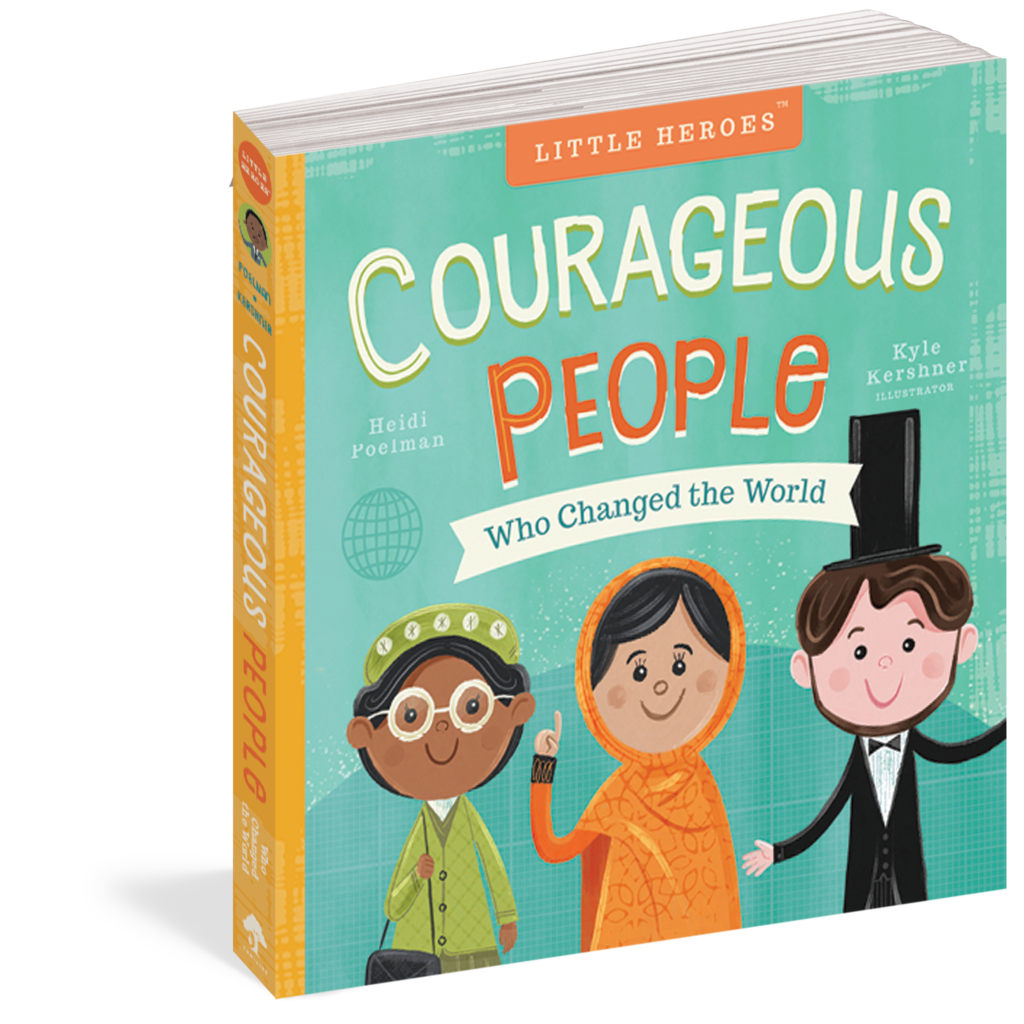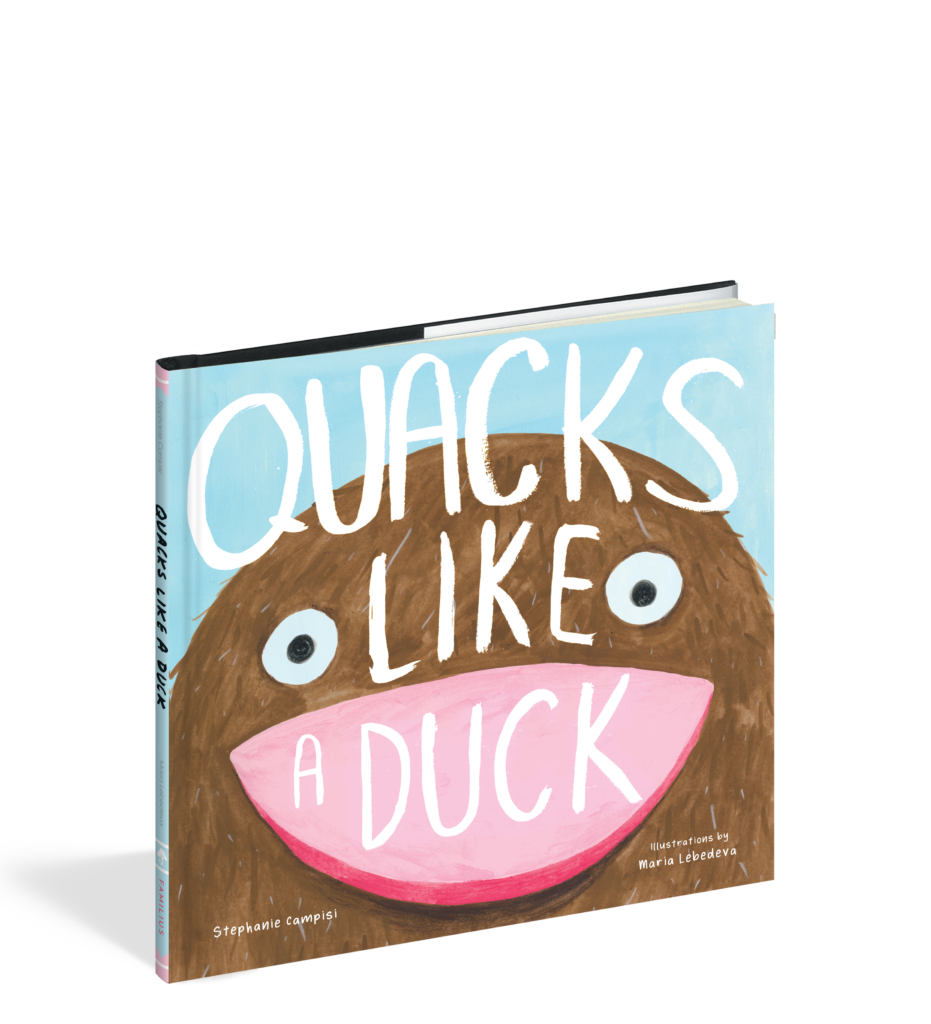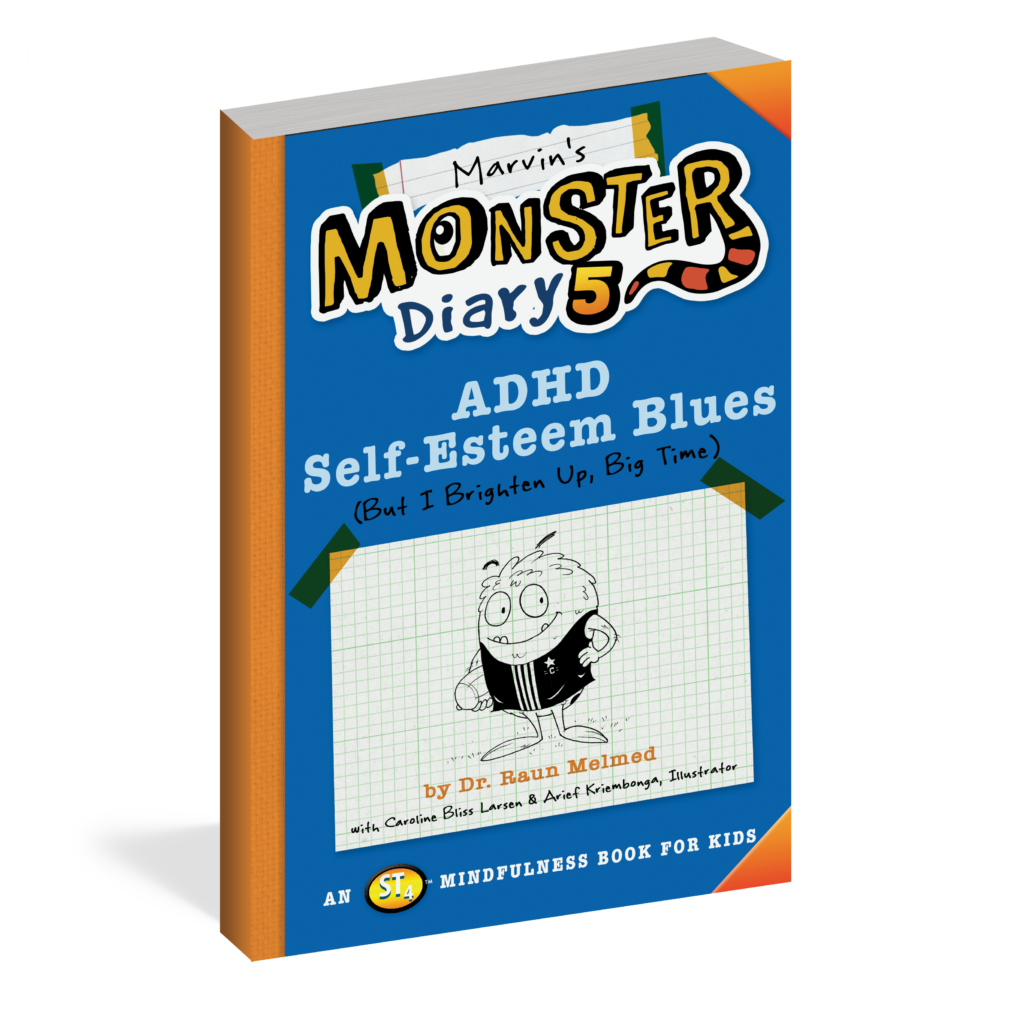
7 Ways to Use Reading to Boost Your Child’s Self-Esteem
We can’t—and shouldn’t—quantify our worth. But we should use these reading techniques to help our children build self-esteem.
Have you ever tried to sell an old piece of furniture and realized that you don’t know how much it’s worth? While someone who has loved it their whole life might not be able to put a number on it, someone looking to get rid of unnecessary junk might offer it for free. The value is all in the perspective.
Likewise, children aren’t born knowing their value. As parents, we need to help them adjust their perspective to see that there’s not a number high enough to quantify their worth. And the easiest way to start kids on their journey to building self-esteem is through reading.
How Does Self-Esteem Impact My Child’s Growth
Self-esteem begins in childhood at its lowest and slowly increases to become something stable and enduring in adulthood. Failure to nurture self-esteem can impact decision-making, relationships, emotional health, and overall well-being, especially when children are just beginning to explore the world. To ensure that they become confident, reliable adults, as psychologist Abraham Maslow theorized in his hierarchy of needs, kids “need both appreciation from other people and inner self-respect to build self-esteem.”
How to Use Reading to Boost Self-Esteem
Trying to force appreciation and self-respect just won’t work. (Kids can see through everything.) Since kids have to begin reading to learn and grow, it’s the perfect way to teach kids about self-esteem naturally. Here’s how:
1. Positive Affirmations
Encourage children to read or listen to positive affirmations regularly. These affirmations, in the form of short sentences or phrases that reinforce positive beliefs, can be hung throughout the house as decorations, written daily on mirrors, or used as writing practice. Reading affirmations such as “I am capable,” “I am worthy of love and respect,” or “I believe in myself” aloud or silently can help internalize these positive messages and boost self-esteem.
2. Journaling
Encourage children to keep a journal where they can write about their thoughts, feelings, and experiences. Journaling provides an outlet for self-expression and reflection, allowing children to explore their emotions and identify their strengths and accomplishments. Reading back through their journal entries over time can help them track their progress and recognize their growth, enhancing self-esteem.
3. Gratitude Journal
When writing in a journal, it’s often too tempting to just write all of the bad things because that’s what we remember the most. If this is the case for your child, consider guiding them with more positive writing prompts. Encourage children to keep a gratitude journal where they can write about things they are thankful for each day. Reading back through their entries can help children focus on the positive aspects of their lives and develop a sense of gratitude, which is linked to higher self-esteem and well-being.
4. Self-Esteem Books
There are many books available that specifically address self-esteem and confidence-building for children. Encourage children to read books that focus on themes such as self-acceptance, resilience, and self-confidence. These books often include stories, activities, and exercises designed to help children develop a positive self-image and belief in themselves.
5. Biographies and Inspirational Stories
Reading biographies or stories about inspirational figures can be motivating and inspiring for children. Choose books about individuals who have overcome adversity, achieved their goals, or made a positive impact on the world. Reading about these real-life role models can help children see the possibilities for their own lives and cultivate a sense of optimism and self-belief.
6. Book Clubs or Discussion Groups
Joining a book club or discussion group can provide opportunities for children to engage with literature in a social context. Encourage children to participate in discussions about books they’ve read, sharing their thoughts, opinions, and insights with others. Engaging in meaningful conversations about literature can help children feel heard, valued, and respected, which can boost self-esteem.
7. Self-Esteem Workbooks
There are many workbooks available that are designed to help children develop self-esteem and confidence through reading and activities. These workbooks often include exercises, worksheets, and journal prompts that guide children through the process of building self-awareness, self-acceptance, and self-confidence.
By incorporating these self-esteem techniques into children’s reading habits, you can help them develop a positive self-image, belief in their abilities, and resilience in the face of challenges.
Develop Your Child’s Self-Esteem with These Books

Courageous People Who Changed the World

Quacks Like a Duck

Marvin’s Monster Diary 5
Shaelyn Topolovec earned a BA in editing and publishing from BYU, worked on several online publications, and joined the Familius family. Shae is currently an editor and copywriter who lives in California’s Central Valley.
